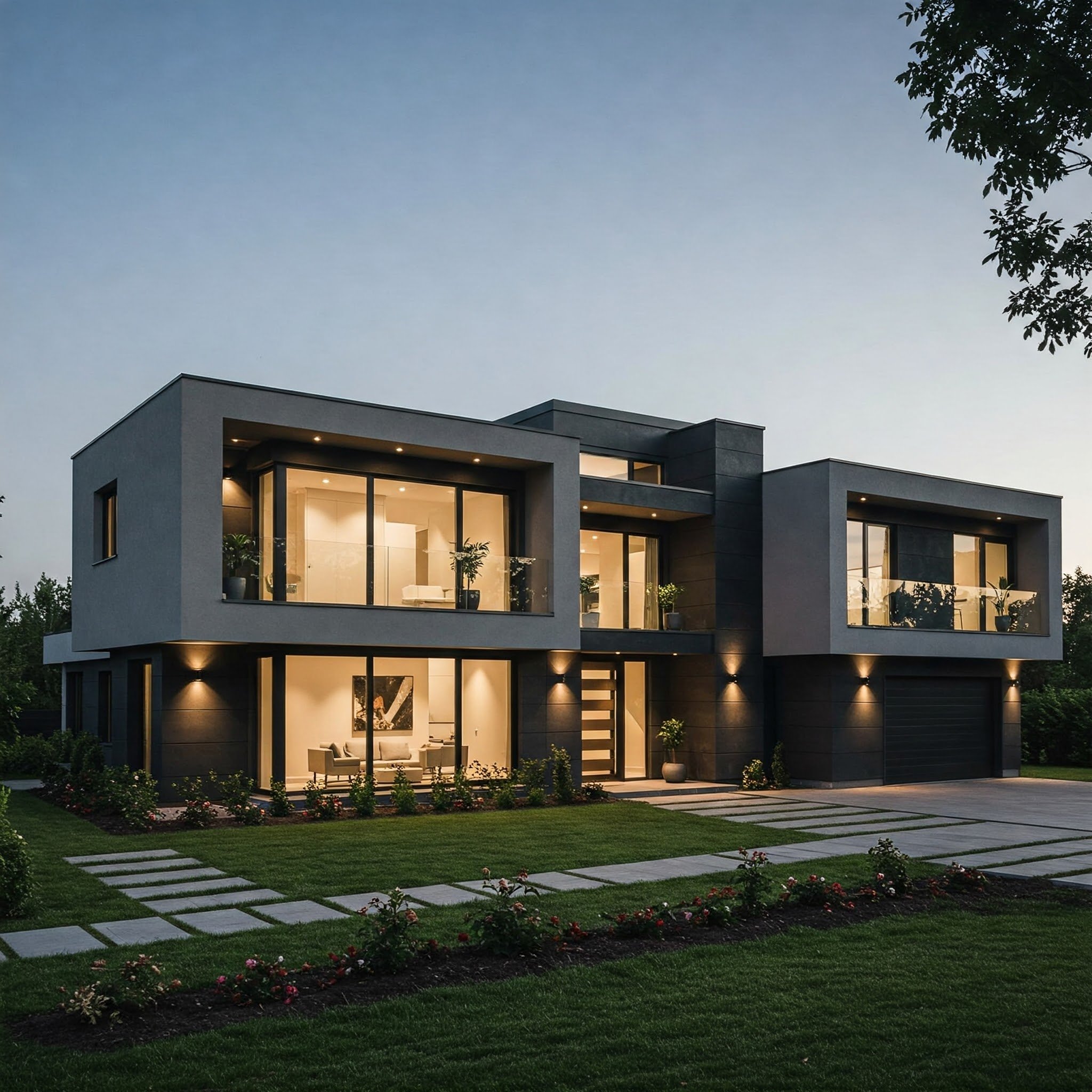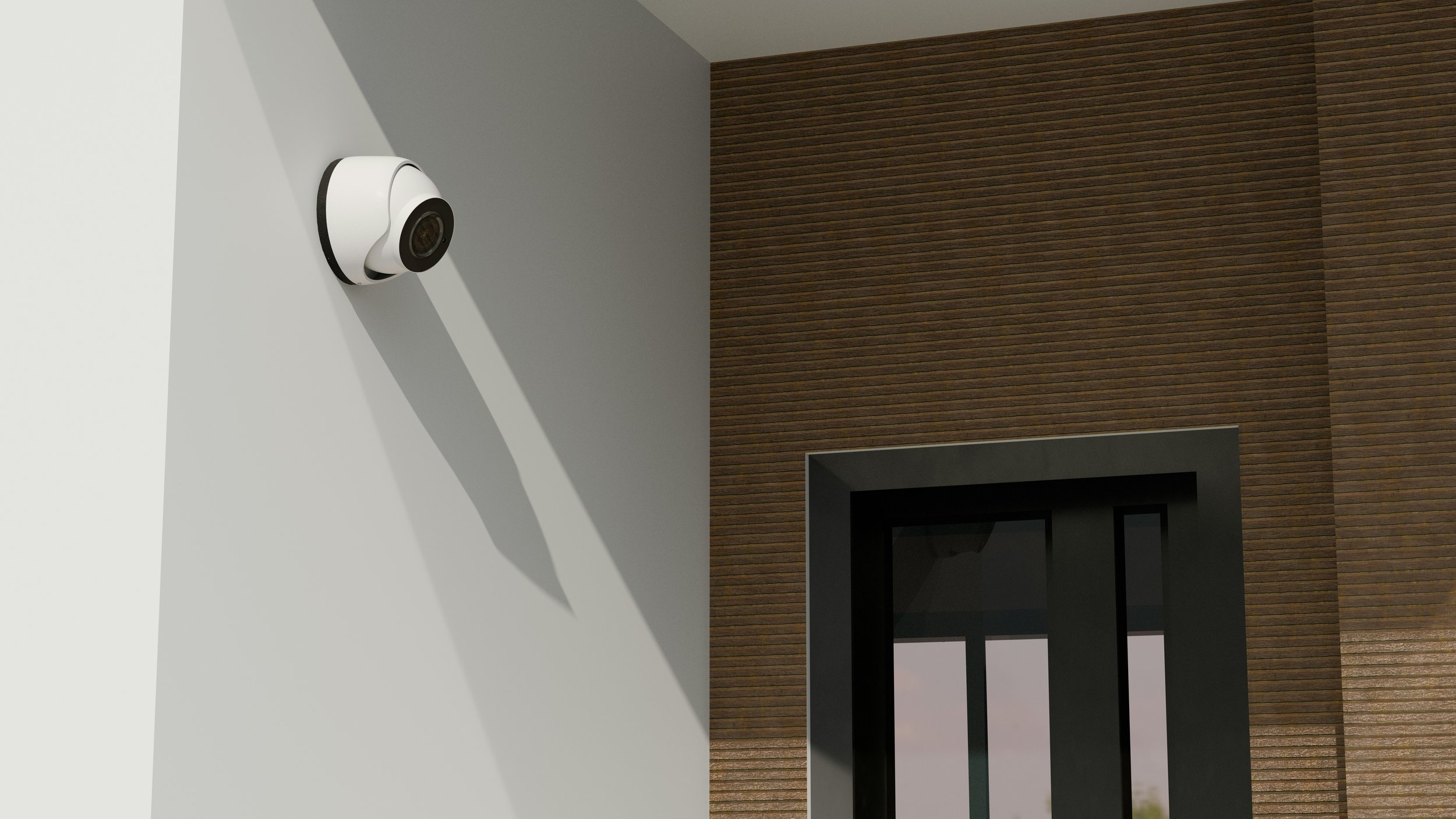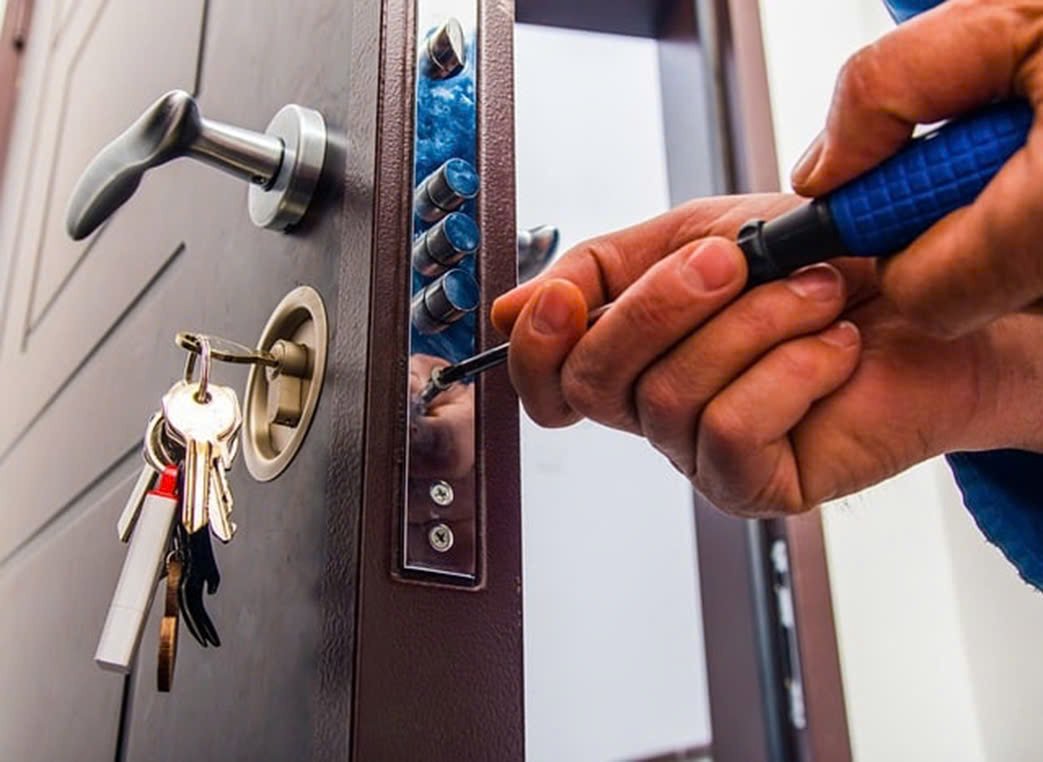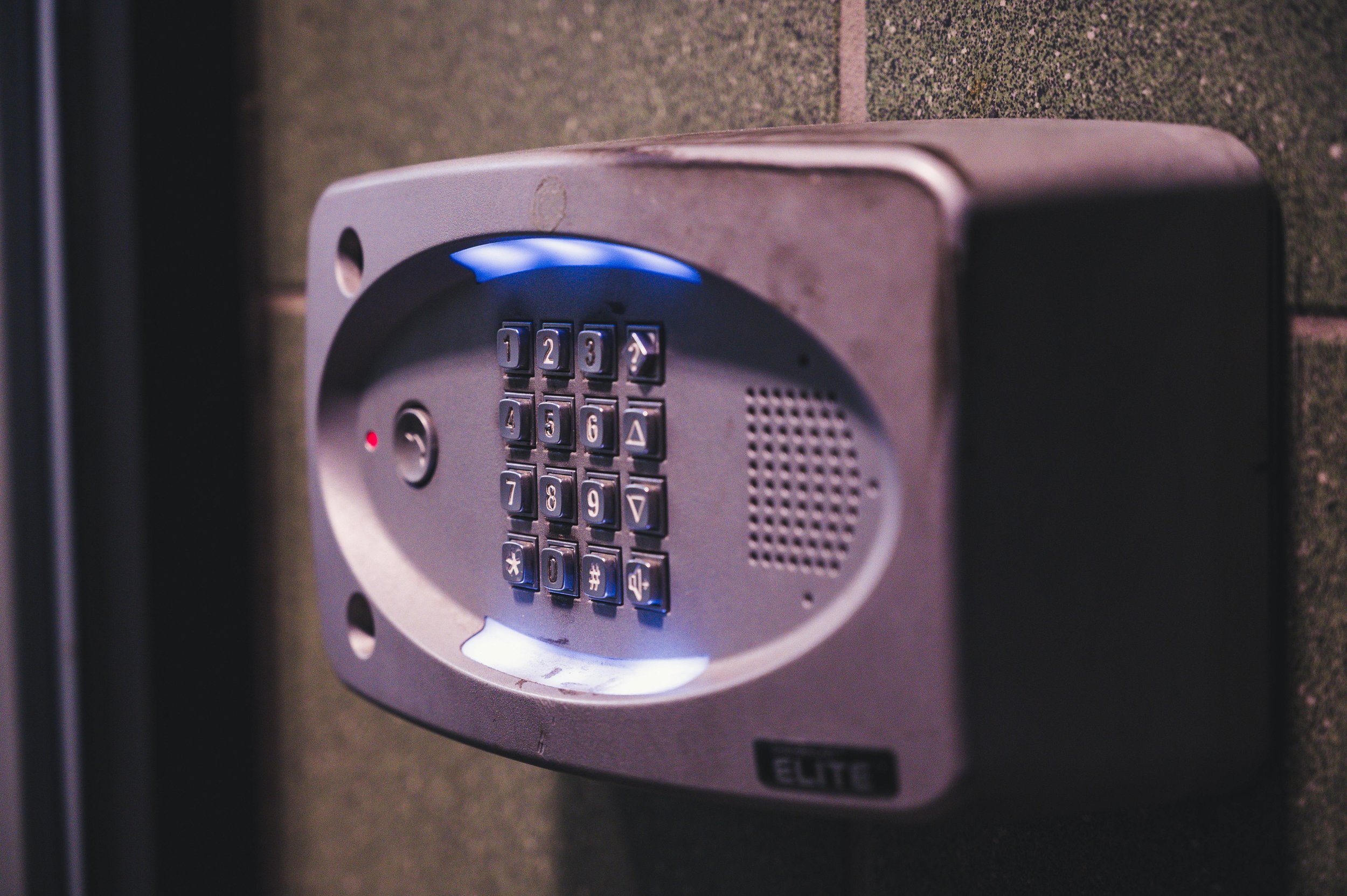Advancements in Home Security: Exploring the Shift from Traditional to Modern Systems
Explore the latest advancements in home security as traditional systems evolve into modern, tech-savvy solutions for enhanced protection.
Image by Freepik
The concept of home security has undergone remarkable transformations throughout history, evolving from basic protective measures to sophisticated systems driven by cutting-edge technology. Exploring modern home security systems, we see a notable evolution from traditional methods to advanced solutions, reflecting significant advancements in both hardware and software. These innovations cater to an increasingly complex array of threats and needs. In this blog, we'll delve into the key advancements in home security, highlighting the shift from traditional methods to modern innovations, and explore how these changes have enhanced our capacity to safeguard our homes and loved ones.
The Foundations of Traditional Home Security
Historically, home security focused on physical barriers like walls and fences to keep intruders out. Early protection also included basic locks and simple alarms, such as noise-makers or animal skin coverings, to alert residents to threats. However, these methods had notable limitations, including vulnerability to breaches and easy-to-pick locks. Without advanced technology, homeowners relied heavily on these physical deterrents and constant vigilance. As a result, traditional security methods were not always fully effective in preventing intrusions.
Medieval and Renaissance Security: Fortifications and Early Innovations
During the medieval era, home security evolved with more sophisticated measures. Castles and manors featured extensive fortifications like moats, drawbridges, and high stone walls to defend against attacks. Advanced locks with complex mechanical systems and the use of guard dogs and night watchmen became common. On a smaller scale, residential homes started using reinforced doors, iron bars, and keys to enhance security. These changes marked a shift from basic barriers to more strategic security practices.
The Industrial Revolution: The Dawn of Modern Security Systems
The Industrial Revolution brought about transformative changes in many aspects of daily life, including home security. The 19th century saw the development of new materials and manufacturing techniques, which led to significant advancements in security technologies. The production of high-quality steel enabled the creation of more robust and tamper-resistant locks. These new locks were much more difficult to pick and offered enhanced protection for homeowners.
20th Century: Electronic and Digital Technology Integration
In the 20th century, technological advancements revolutionized home security. Electronic and digital technologies introduced new devices like door and window sensors and basic security cameras, enhancing monitoring and protection. The integration of electric circuits allowed for real-time alerts and remote monitoring, moving beyond traditional methods. Homeowners could now watch over their property from a distance and respond more effectively to threats. These innovations laid the groundwork for the digital age and the rise of smart home technologies.
The Digital Age: The Rise of Smart Home Security
The early 21st century marked a new era in home security with the rise of smart home systems. These systems introduced advanced features like motion sensors, infrared cameras, biometric scanners, and facial recognition. A major breakthrough was the integration and automation of security devices, allowing homeowners to control and monitor their systems remotely via smartphones, tablets, or computers. This convenience and real-time access offer enhanced security and peace of mind.
Cybersecurity and the Internet of Things (IoT): Addressing Modern Challenges
As home security systems became more connected through the Internet of Things (IoT), new cybersecurity challenges emerged. The increased connectivity made security devices potential targets for hackers and cyberattacks, highlighting the need for strong cybersecurity measures. Modern systems now use Artificial Intelligence (AI) and advanced analytics to improve capabilities, such as distinguishing between homeowners and intruders and detecting unusual activity. However, the integration of AI and IoT requires continuous efforts to address cybersecurity risks and protect against new threats.
Balancing Innovation with Privacy and Accessibility
Image by Freepik
Modern home security technologies offer many benefits but also raise concerns about privacy, data protection, and accessibility. While smart systems provide convenience, it's crucial to balance this with the protection of personal data and privacy. Developers are working to address these issues by implementing strong cybersecurity measures and privacy safeguards. The aim is to enhance protection without compromising individual privacy. Homeowners should stay informed about advancements and choose systems that meet their needs and preferences.
Looking Ahead: The Future of Home Security
The evolution of home security, from traditional methods to modern innovations, reflects our As technology advances, the future of home security will likely focus on further integration and automation, making systems more seamless and effective. Emerging technologies such as machine learning, advanced sensors, and enhanced connectivity will be key in shaping this future. These innovations will improve monitoring, response, and overall protection, providing homeowners with even greater peace of mind.
Final Thoughts
The shift from traditional to modern home security systems represents a journey of continuous improvement and adaptation. From early physical barriers and mechanical locks to sophisticated smart technologies and cybersecurity measures, the evolution of home security reflects our commitment to safeguarding our homes and loved ones. By understanding the advancements in home security, we can better appreciate the technologies that protect us and look forward to future innovations that will continue to enhance our safety and security.












